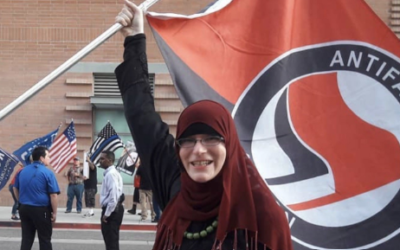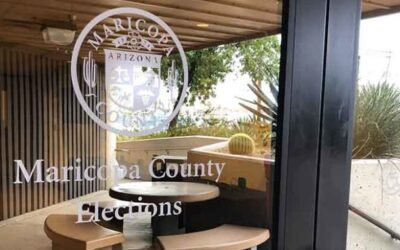By Corinne Murdock |
The city of Tucson’s experiment with free transit (subsidized using a combination of local and federal funding) appears to be coming to an end.
In a memo for Tuesday’s council study session meeting, the city manager recommended the reinstatement of transit fare for Sun Link and Sun Express services. After much debate, Mayor Regina Romero tabled any action on reinstating transit fare for their next study session on March 19. The council nearly approved a motion to undertake the first step for reinstating transit fare: conducting the federally required Title VI Fare Equity Analysis.
In order to reinstate fares, the city estimated a timeline of six months and cost of just over $419,000, about 70 percent of which would be for the hire and training of five staffers. That estimated restoration cost pales in comparison to the expenditures the city has already issued on the subject: Mayor Regina Romero remarked that the city has spent “millions” on consultants to problem-solve transit fares.
The council entertained the possibility of creating more taxes, such as bed taxes or a car rental tax, or leaning into the Pima Association of Governments (PAG) emission reductions program. Romero directed the city manager to use these next several weeks before their next study session to find any possible funding streams.
Tucson suspended transit fares in March 2020 in response to the first stage of the COVID-19 pandemic.
The city began covering the costs of free transit with the receipt of $43 million from the Federal Transportation Authority in pandemic relief. As the federal funds dwindled, the city attempted to tap their academic partners — Tucson Unified School District (TUSD), University of Arizona (UArizona), and Pima Community College (PCC) — to cover the estimated $10 to $15 million annual cost for transit, but all have declined.
UArizona, whose students and faculty make up about 70 percent of streetcar ridership according to Councilman Steve Kozachik, isn’t in a position to subsidize free transit with its ongoing financial crisis. On Tuesday, UArizona President Robert Robbins voluntarily took a $350,000 pay cut.
Councilmember Lane Santa Cruz said that the city should find a way to cover the cost of fare, reiterating that it makes up 8-10 percent of the overall cost to operate the transit system. She asked whether there were other funding streams that could be tapped in the short term, referencing American Rescue Plan Act (ARPA) emissions reduction funding. Santa Cruz disclosed that the council found it “frustrating” that none of their educational partners had stepped up to cover transit costs.
“I will continue to make the case that our public transportation system should be a core service, that our taxpayers are paying for this public good, the way that we pay taxes for our parks, our police and fire,” said Santa Cruz.
Romero opined that the effort to source funding partners was too great a cost for the benefit of securing fare-free transit. The mayor also lamented the unwillingness of their academic partners to help.
“I don’t personally think that bringing in $1.4, $2.1 million is worth the exhaustive worth we need to do to reinstate these fares,” said Romero.
In an effort to source funding last May, the city formed a stakeholder group consisting of TUSD, UArizona, PCC, Pima County, the Regional Transportation Authority (RTA), and members of the business community. That group was unable to reach a consensus on addressing the budget shortfall during its five meetings last year.
During Tuesday’s study session, Santa Cruz expressed her regret that the council had created the stakeholder group.
“[T]hey were more interested in talking long-term vision for what our transit system should look like and not really this short term,” said Santa Cruz.
The city has partnered with Raytheon, Amazon, Rio Nuevo, and the downtown Tucson partnership to cover some of the routes.
According to Sun Tran data, annual ridership has been in a slight decline since 2012. Ridership did recover consistently during the pandemic to slightly above the 2019 fiscal year level in this past fiscal year, though it didn’t recover completely from its initial drop-off around the 2016 to 2018 fiscal years. The recovery in ridership may be attributed to the elimination of transit fare.
The high cost alone isn’t the only major reason the city hasn’t been able to fund the transit itself. The border crisis has cost the city millions to house, feed, and transport the illegal immigrants.
Watch the council’s study session discussion on restoring transit fare here:
Corinne Murdock is a reporter for AZ Free News. Follow her latest on Twitter, or email tips to corinne@azfreenews.com.








